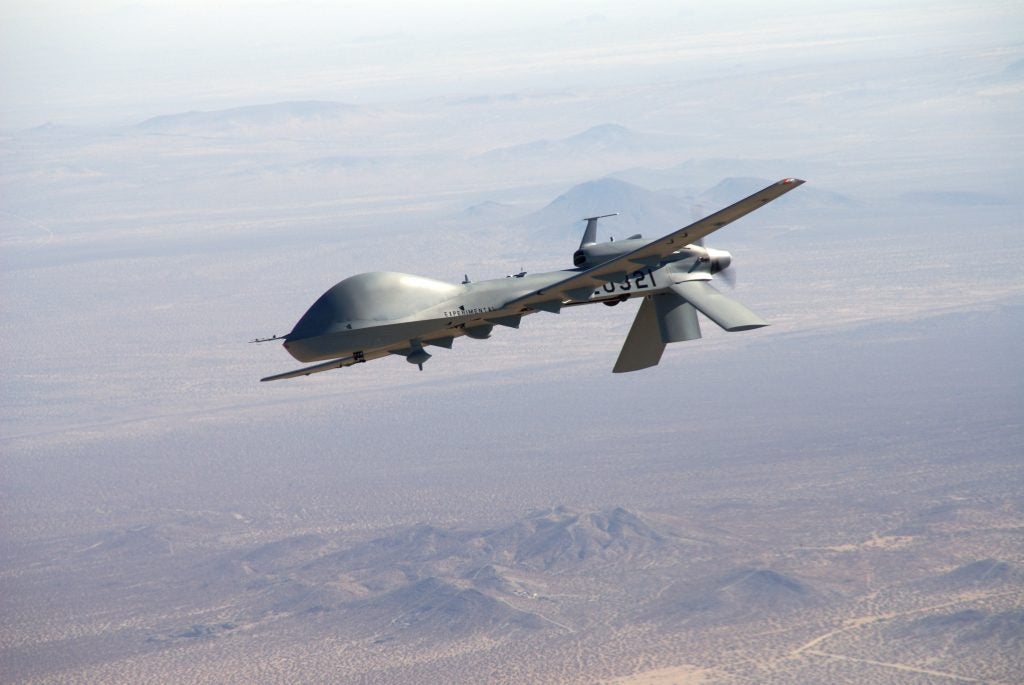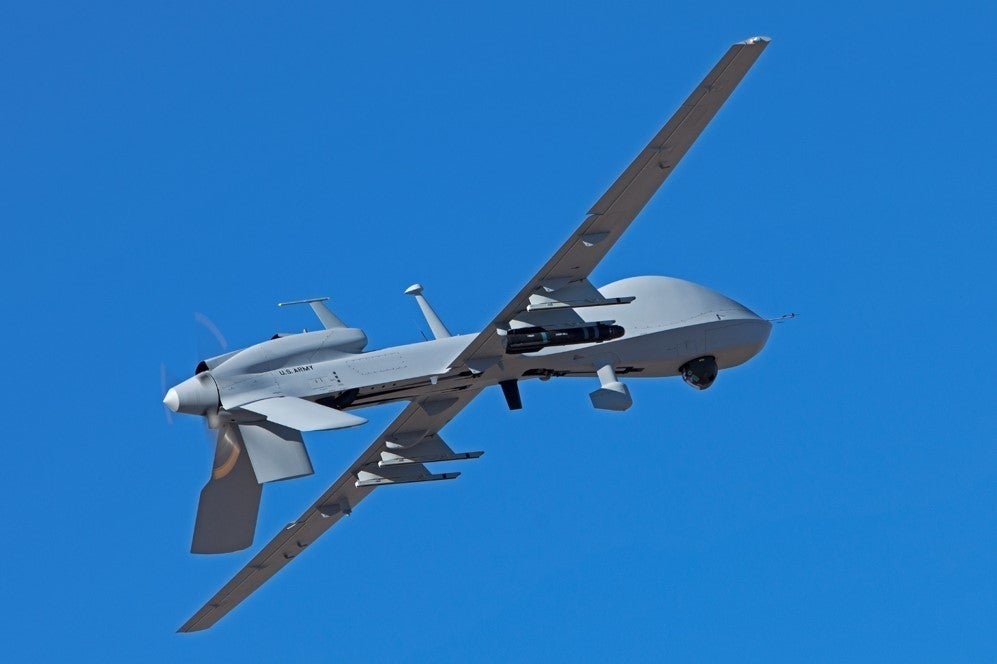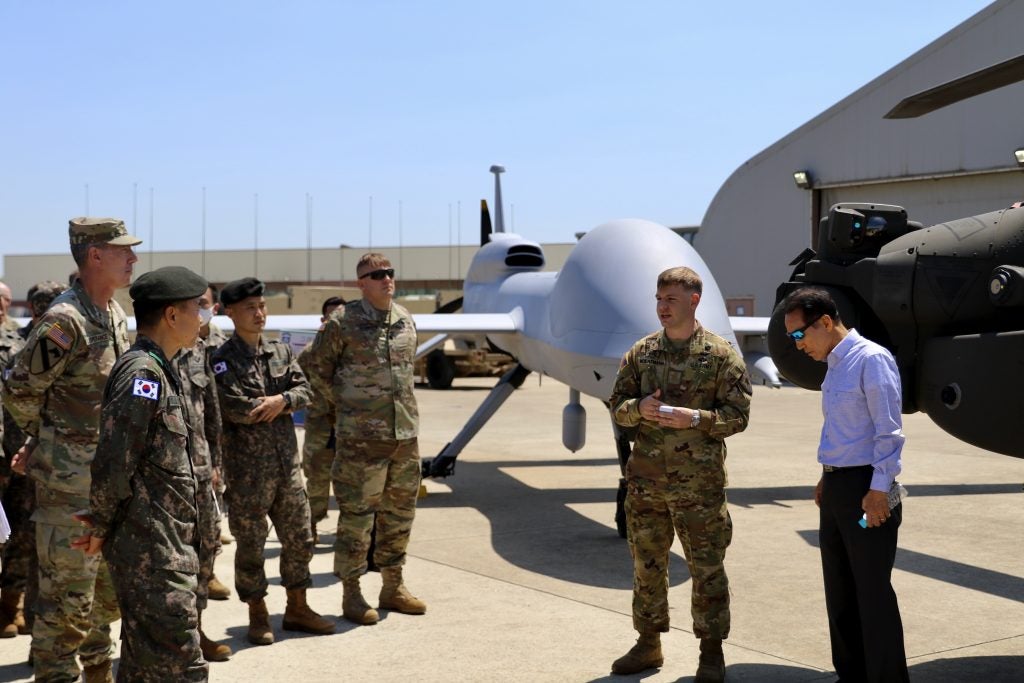US Army Extended Range Gray Eagles in South Korea
The 2nd Combat Aviation Brigade (CAB), 2nd Infantry Division at US Army Garrison Humphreys – located in Pyeongtaek, South Korea – added twelve MQ-1C Gray Eagle Extended Range variants to their existing fleet of MQ-1C Gray Eagles this February, Dong-A Ilbo and the Yonhap News Agency reported on Tuesday. The Gray Eagle Extended Range (Gray Eagle-ER), an improved version of the Gray Eagle unmanned aerial vehicle, is designed for 42 hours flight time and can carry a number of different sensor or munition payloads.

The US Army cancellation of the RAH-66 Comanche in 2004 led to 14 billion USD being made available in the Army budget, leading to the eventual creation of the Extended Range/Multi-Purpose (ER/MP) program. The ER/MP program’s purpose was to search for a replacement of the RQ-5 Hunter, filling the same short-range reconnaissance role. At the same time, the US Air Force was working on expanding their Predator program, which looked to fulfill the same purpose as ER/MP. The Army selected General Atomics’ MQ-1C Warrior in August 2005 as the source for the ER/MP program, which led to two unique aircraft designated as MQ-1C (Air Force and Army) for the same role. In September 2007, the Deputy Secretary of Defense released a memorandum requiring that the Predator and Sky Warrior programs be combined into a single acquisition program. Both organizations’ failure to comply with this memorandum led to 115 million USD in costs and over 400 million USD in lost savings. In 2010, Air Force decided to transition to an all-Reaper fleet, ditching the Predator entirely, zeroing out all procurement funding for Predator in their Fiscal Year 2010 budget. The Army continued to pursue the MQ-1C Sky Warrior, changing the designation to “Gray Eagle” in August 2010.

Over time, the Gray Eagle showed poor reliability, with a US Department of Defense Developmental Test and Evaluation and Systems Engineering report in Fiscal Year 2011 stating that the MQ-1C Increment 1 UAS met “3 of 7 [Key Performance Parameters]” and “continue[d] to fall short of predicted growth”. Soon after, on July 26, 2013, General Atomics announced the flight test of the “Improved Gray Eagle” (IGE), which intended to solve the existing issues with the Gray Eagle. In 2015, the Army issued a contract to General Atomics to order the IGE, which soon after became known as Gray Eagle Extended Range.
The 2nd CAB brought Gray Eagles to Kunsan Air Base in early 2018, which migrated to Camp Humphreys later that year. This deployment was part of a larger US Army plan to integrate one Gray Eagle company to each division in the Army. The shift from Kunsan Air Base to Camp Humphreys served to better centralize the 2nd Infantry Division’s presence in South Korea.

